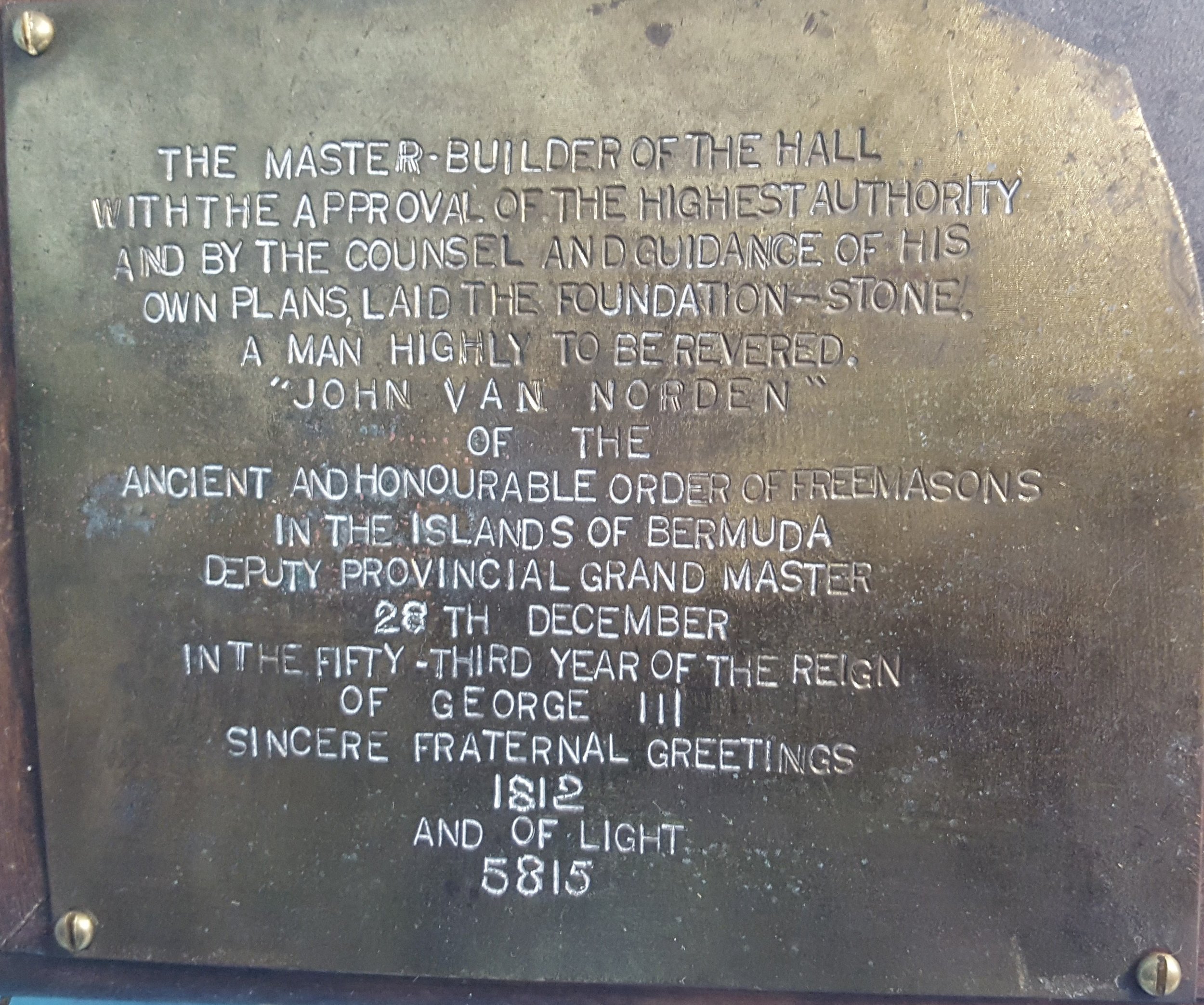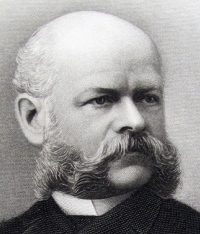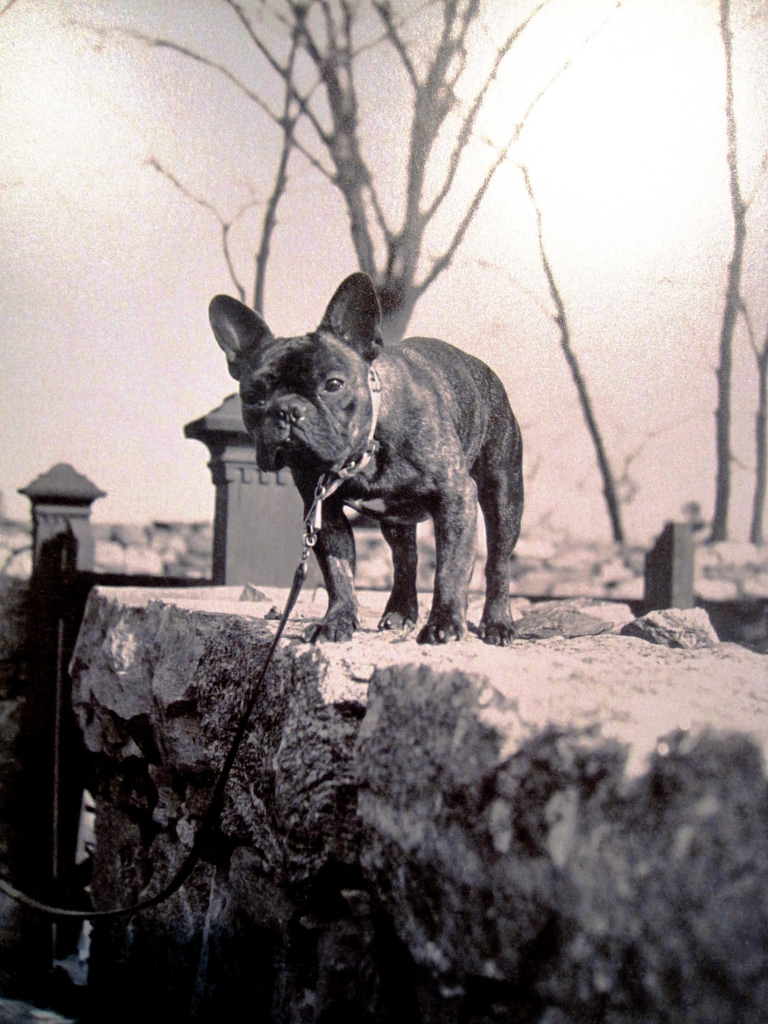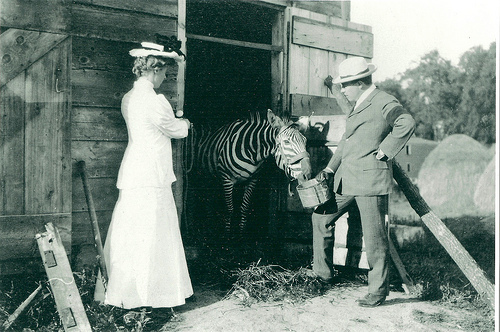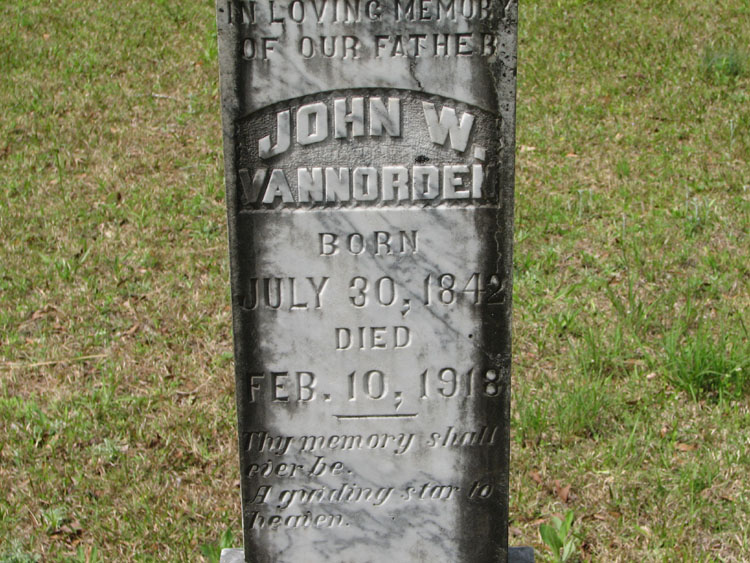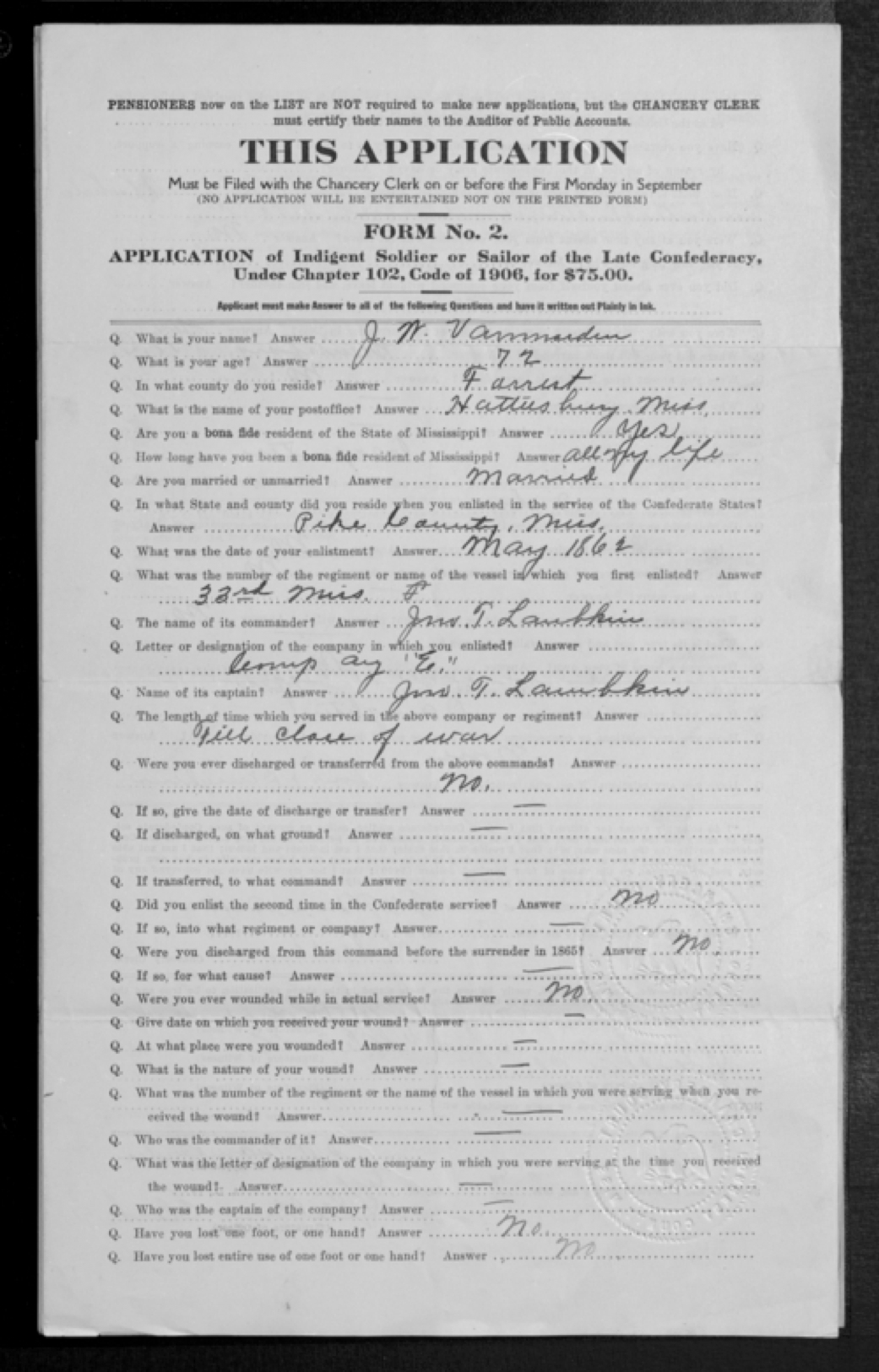Van Norden Family Genealogy
The surname Van Norden (which has historically also been written "Van Orden" and "van Norden") is a toponym, meaning that it was derived from a byname referring to a place. (A "byname" is a nickname used to distinguish people with the same given name, like "Ockham" in "William of Ockham.") Most people with the surname "Van Norden" in the US can be traced back to Pieterese Casparszen Mabille van Naarden, who was born in the city of Naarden (Holland) and died in the late 1600s in New Amsterdam (now known as New York City). There is a family coat of arms, which is a chevron separating three towers, against an azure background. The family motto, "manu forti," is Latin for "by force" (literally, "with strong hand"). There is a long tradition in the Van Norden family of naming boys after relatives, which can make the family genealogy confusing.
At the time of the Revolutionary War, John Van Norden (1732-1810) was a private in the Revolutionary Army, but his brother Gabriel Knowles Van Norden (1737-1810) was a Loyalist, and Gabriel's son, John (named after his uncle) was an officer in a Loyalist New Jersey infantry unit. Like many Loyalists, Gabriel and John fled the US for Nova Scotia after the war. John later moved to Bermuda, and was mayor of St. Georges for many years. A plaque in his honor may still be found there.
Among the Van Nordens who stayed in the US, the family divided into northern and southern branches after John Van Norden's grandson, St. Luke Van Norden (1787 – 1855), moved to New Orleans and then to Mississippi.
The northern branch of the Van Norden family became distinguished and financially successful, particularly a trio of brothers: Thomas Langdon Van Norden, Warner Van Norden, and Charles E. Van Norden. Thomas Langdon Van Norden (1837-1895) received an MD from the University of the City of New York (now officially known as New York University) in 1859. He served as a surgeon with the Union Army during the Civil War. After the war, he and his wife became missionaries in Persia, where they died.
Thomas's brother, Warner Van Norden (1841-1914), became very wealthy during the war, and founded the Van Norden Trust Company. With his newfound fortune, Warner renovated an existing building, which became the "Van Norden Family Mansion." It still exists (although no longer owned by anyone in the family) at No. 8, East 62nd Street, Manhattan. It was last sold in 2007 for $35 million (http://daytoninmanhattan.blogspot.com/2014/08/the-1903-van-norden-mansion-no-8-east.html).
The third brother, Rev. Charles E. Van Norden (1843-1913), was valedictorian of his class at Hamilton College and elected to Phi Beta Kappa. He also received his LL.D from Hamilton, then studied theology at Union Theological Seminary, and was later awarded a D.D by New York University. He went on to become a Congregationalist minister, president of Elmira College, and an author of several books, including Jesus: An Unfinished Portrait. He also wrote a short story, "A Case of Discipline" (1896), which is apparently based on his experience as president of Elmira College. Charles had three sons by his first wife, and after she passed away he remarried a woman thirty years his junior, with whom he had two daughters.
Charles E. Van Norden (Photo Used with Permission of the Elmira College Archives)
Linda de la Montaigna Van Norden (1905-1972)
His older daughter, Linda Van Norden, earned a BA from Stanford University and a PhD from UCLA, both in English literature. She was on the faculty of the University of California at Davis for more than 25 years, and died suddenly of a heart attack shortly before her retirement. Her book, The Black Feet of the Peacock: The Color Concept "Black" from the Greeks through the Renaissance, was published posthumously.
Warner Van Norden also had noteworthy offspring, including his son, Warner Montaigne Van Norden.
Warner Montaigne Van Norden (1873-1959)
Warner was an early opponent of anti-Chinese bigotry and wrote Who's Who of the Chinese in New York to showcase the achievements of Chinese Americans. He was also an amateur Sinologist, who visited China and made a fortune importing Chinese tea. Warner had charmingly eccentric hobbies. He bought a champion French Bulldog for a record price, and imported a species of zebra from Africa, which he hoped to domesticate as farm animals.
Warner Montaigne’s sister, Emma Van Norden (1871-1906), was equally strong-willed. As an upper-class debutante she was expected to live a life of leisure and marry an equally distinguished man. Instead, she joined the Salvation Army, an action considered so déclassé that it was reported with shock in the society page of The New York Times. An official of the Salvation Army explained defensively that Miss Van Norden “was simply a good young woman who had joined the army on the same footing as any other girl less fortunate in the possession of affectionate parents, plenty of money, and hosts of friends.” She spent the rest of her life taking part in the charitable work of Salvation Army.
Emma Van Norden (1871-1906)
There have not been many distinguished members of the southern branch of the Van Norden family. John Wesley Van Norden (1842-1918) served as a private in the 33rd Mississippi Infantry Regiment in the Confederate Army during the Civil War. After the war, he received a pension for injuries (a hernia) incurred during his service.
John Wesley's grandson, Charles R. Van Norden (1910-2002), was the first in the southern branch of the family to earn a bachelor's degree and a graduate degree (MBA from Northwestern University). During World War II, Charles was an officer in the Navy, and at one point managed shipping in Guam when it was the busiest seaport in the world. After the war, Charles worked as an accountant, and eventually became the Corporate Secretary of Kennametal, a company that makes specialty steel. His wife, Helen K. Van Norden (1917-1994), was the child of immigrants from Poland, and she spoke only Polish until she began grade school. However, as an adult she had no trace of a Polish accent. She was working as a stenographer when she met Charles, who was auditing the company she worked for. Helen had many friends and was known for her beauty, vivacious personality, and quick wit. Charles and Helen had five children and ten grandchildren, all of whom have achieved success in a variety of fields. Their ashes are interred at Arlington National Cemetery.


